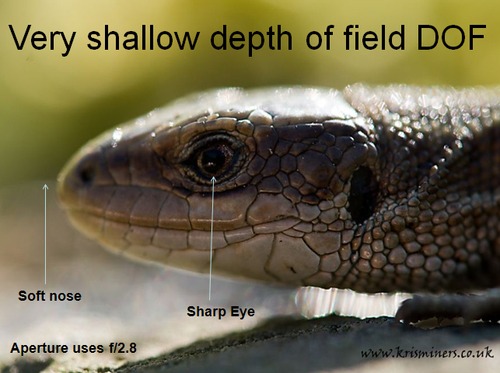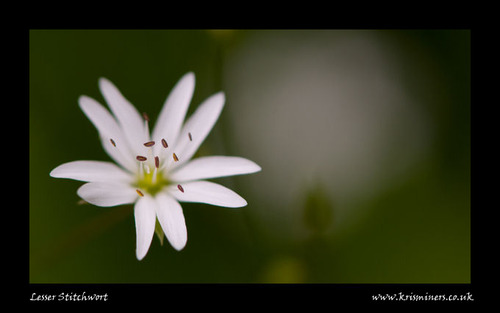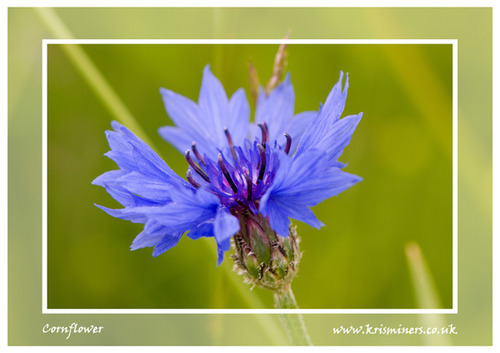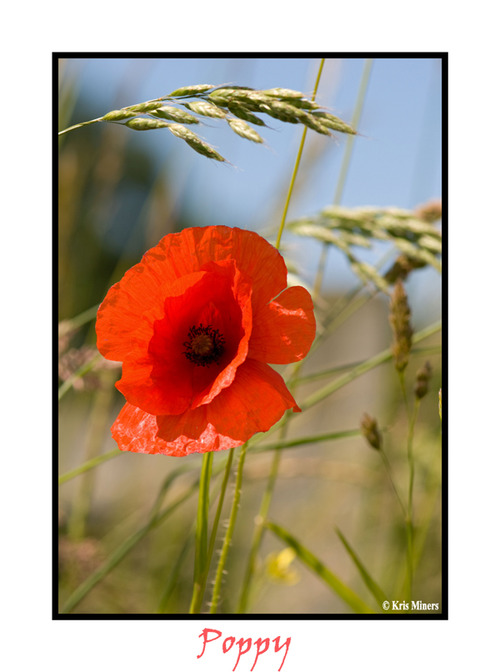
This is just a short article which I hope will help to explain what the depth of field is, and how to use it to great effect in your photography. As with all my articles and tutorials I will keep it simple to understand and follow.
For this article, I will presume you own a Digital Single Lens Reflex Camera (DSLR) or non-digital equivalent an SLR, and want to improve your images, especially macro images. Macro Photography is where the reproduction ratio is from 1:1 to 10:1 - i.e. from life-size to ten times life-size. You will need a dedicated macro lens to get the most from this tutorial. So what is DOF? The depth of field is the amount of distance between the nearest and farthest objects in acceptably sharp focus in a photograph.
Understanding the “DOF” will enable you to achieve different effects with your photography, which is especially useful with close up (macro) photography.
You will notice that on your DSLR you have the option to control the aperture; this should be denoted by an (A) on a dial or menu setting. You will notice that you will have control over a set of ‘numbers’ or the F-Numbers. These numbers are telling you what the aperture of your lens is doing. A small number, for example 2.8 (F/2.8) means you have a wide aperture, whilst a big number, say 22 (f/22) will mean you have a much small aperture.
Try this little test. Go outside (in good light) and set your aperture to the lowest setting. This may be f/2.8 or higher depending on camera and lens combo. Now take a picture of something quite complex, such as a flower or pine cone. Now take a second image of the same subject, but this time using a much larger number, f/16 or f/22, something like that.
Put the image onto your computer screen and look at the difference. You will notice that the lower number has provided you with a nice blurry background to your image, and maybe some blur on the subject itself. Blur or (bokeh) is not always a bad thing, it gives you control of the image and can create some pleasing effects.
Here are some examples for you to look at.
First off we have an image of a common lizard, you can see that the large aperture (small number) has given the image a nice soft feeling, but a sharp point, in this case the eye of the lizard.

The second image also demostrates a shallow depth of field using a setting such as f/2.8. You can see how it has isolated the part of the image I want to stand out.

The next two images show how a larger number gives you more depth to an image, and remember there are lots of numbers to play with, so you have control of whats going on!
One last thing to remember, the smaller the number the bigger the aperture, and the bigger the number the smaller the aperture.


Have fun playing about with your camera, and please let me know how you get on.
Catch you on the trail
Kris

patricia biggs-taylore on 21/11/12
I have just started learning the different aspects of what a camera can do. I've always been a point and shoot kind of person. Depth of field is one of those areas that for some reaon couldn't get my head around..So thanks for this it helped a lot
Kris on 23/11/12
You're welcome Patricia, i'm pleased to have been able to help in some small way :)